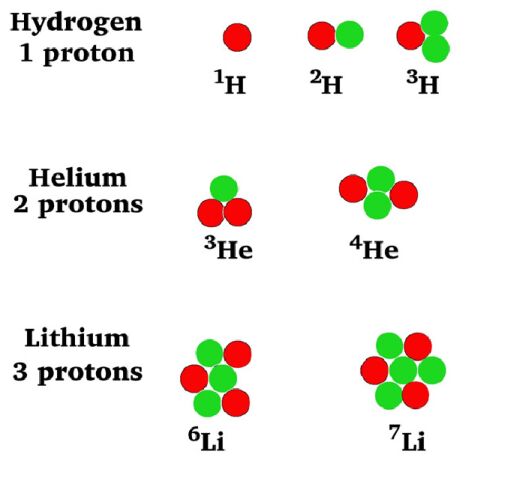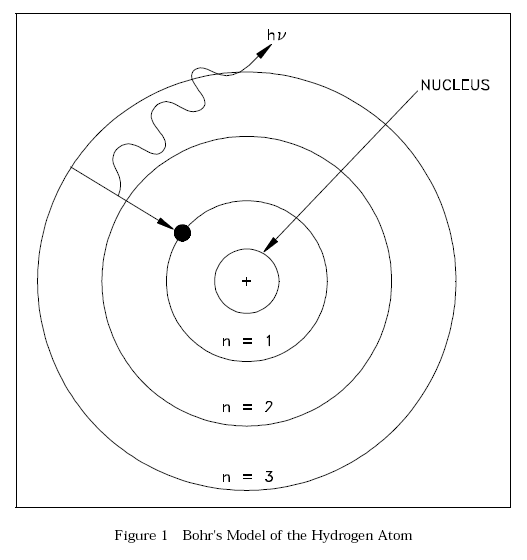For Students:
Quiz answers are as follows:
1. .319 Kilograms = 3190 grams
2. 3.19 micrograms = .00000319 grams
3. 3190 centigrams = .003190 Mega grams
4. 31.9 grams = 31900000000000 pico grams
5. 31900 milligrams = .0319 kilograms
6. 3 moles of hydrogen atoms = 18.06 *10^23 hyrdogen atoms
7. 3.01 *10^23 protons = 1/2 a mole (.5) moles of protons
8. 23 moles of electrons = 138.46 *10^23 electrons
9. 4.56 * 10^ 29 oxygen atoms = 7.57 *10^5
10. The mole is also called?? Avagadro's Number
Hope everyone did well! This week we will learn what the molecular weight of an element is and how to use Avagradro's number to determine how much mass of something we have. The atomic weight (also called the molecular weight) of an element is the average mass of a representative sample of atoms. Atoms with the same atomic number but a different mass are called isotopes. Since the atomic number is the same, we know that the number of protons is the same. Also, since electrons do not add a significant amount of weight in an element, the particle that must be changing is the nuetrons. Nuetrons are the nuetral particles in the nucleus of atoms that do nothing really except change the weight of an atom. Some examples are shown below:
For Parents:
FYI: Most students in the class are doing very well. The class average as of today is a B+ and 12 students currently have an A or A-. There are only 2 students with D's and no one is failing at this time. We will be doing another experiment next week on density. The students themselves will be handling this as there is no chemicals involved. Thanks for all the help at home! The kids and I really appreciate it!





